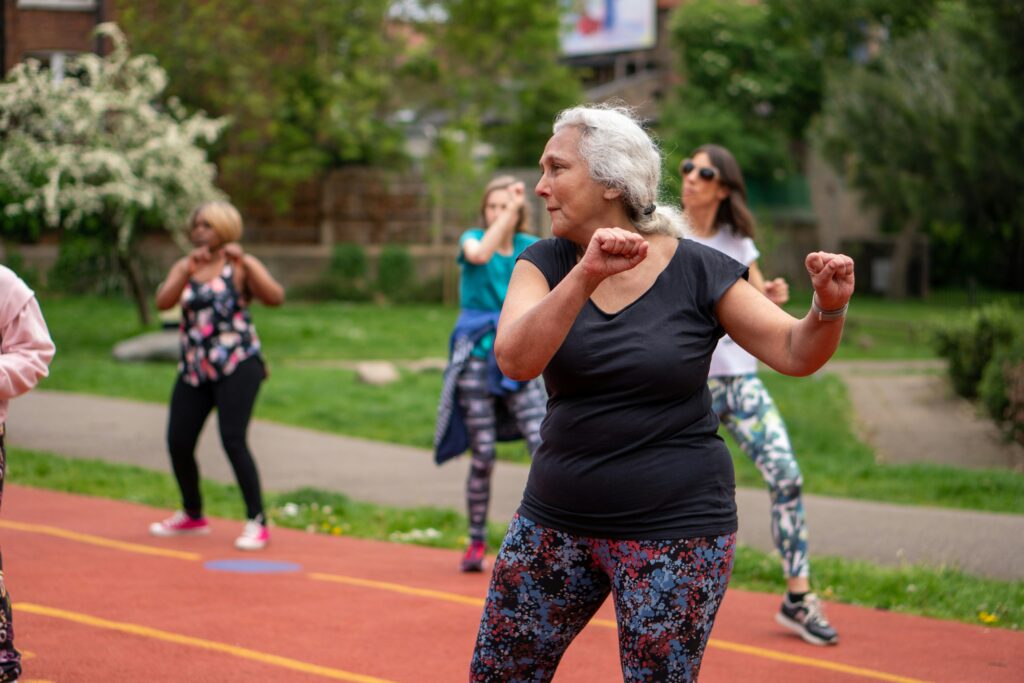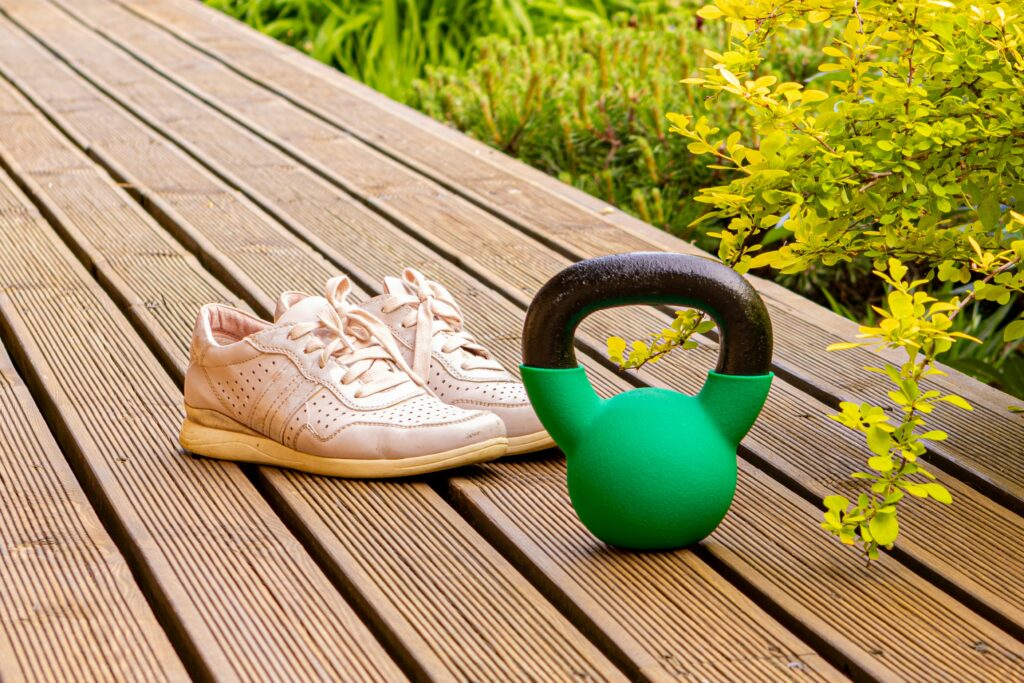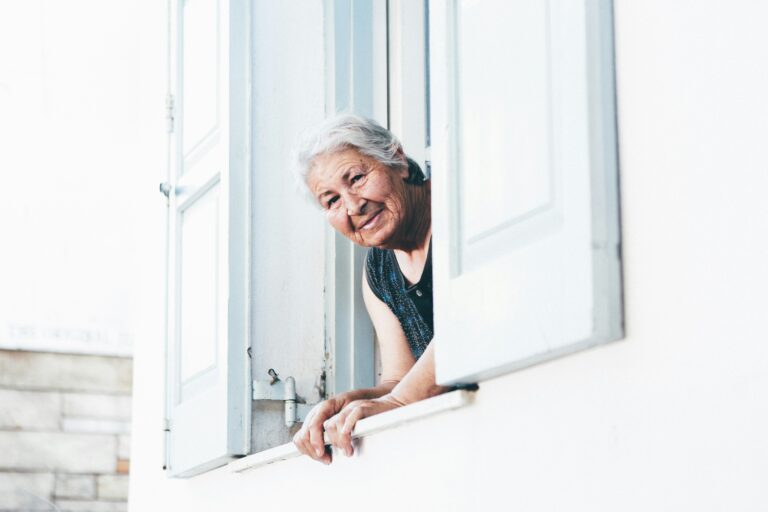Staying fit and fabulous is not just for the young and youthful! This post aims to highlight some excellent free fitness programs designed specifically to cater to the unique needs of seniors. These programs are constructed to help seniors maintain their health and keep their bodies active and strong. Health and fitness, after all, are the keys to a long and fulfilling life, and it’s never too late to start focusing on them.

Indeed, fitness is a universal requirement, transcending age and life stages. As we age, maintaining physical fitness becomes even more critical. Regular physical activity can prevent chronic diseases, improve mood and reduce the risk of injury. It is with this understanding that the need for fitness programs for seniors arises.
These programs offer a variety of exercises suitable for the elderly, including cardiovascular activities, strength training, flexibility exercises, and balance activities. The beauty of these programs is that they are free and easily accessible to everyone, allowing seniors to keep fit and fabulous without financial constraints.
Dive into the upcoming sections to discover these exciting fitness programs that can help keep seniors active and healthy. This post will guide you through the benefits, types, and how-tos of each program, along with tips on maintaining consistency and motivation. So, gear up to unlock the door to fitness and stay fabulous, because age is just a number! 💪👵🏻👴🏻
Understanding the Importance of Fitness for Seniors
As we age, staying active and healthy becomes increasingly important. For seniors, regular exercise has numerous benefits, such as maintaining a healthy weight, reducing the risk of chronic diseases, improving mental health, and promoting better sleep. Despite the clear advantages, finding the right fitness program can be challenging, especially when budget constraints are a factor.
Health Benefits of Regular Exercise for Seniors
Engaging in regular physical activity is crucial in maintaining and improving overall health. For seniors, the health benefits are vast, including improved cardiovascular health, increased strength and flexibility, better balance and coordination, and enhanced cognitive function. Regular exercise can also help manage conditions such as diabetes, arthritis, and hypertension.
Discovering Free Fitness Programs for Seniors
Staying physically active is essential for maintaining strength, mobility, and overall well-being as we age. Fortunately, there is a wide variety of free or low-cost fitness programs specifically designed for seniors that are both accessible and effective. These programs are tailored to support aging bodies while fostering a sense of community, connection, and empowerment.
Whether delivered through local initiatives or online platforms, free fitness options allow older adults to prioritize their health without financial strain. These programs typically focus on low-impact, joint-friendly movements that enhance balance, flexibility, muscle tone, and cardiovascular health—all while reducing the risk of falls and chronic conditions such as arthritis, diabetes, and heart disease.
Community-Based Fitness Programs
Many community centers, senior centers, public parks, and recreation departments offer a variety of free or affordable fitness classes for older adults. These programs often take place in welcoming, supportive environments that encourage social interaction as well as physical movement. For many seniors, these gatherings become a vital part of their weekly routine, offering both physical activity and emotional connection.
Common activities include:
- Gentle Yoga – Improves flexibility, joint health, and relaxation.
- Tai Chi – A slow, meditative martial art known to enhance balance, coordination, and mental clarity.
- Water Aerobics – Offers a full-body workout that’s easy on the joints, ideal for those with arthritis or limited mobility.
- Walking Clubs – A simple and enjoyable way to stay active while enjoying the outdoors with others.
One particularly valuable resource is SilverSneakers, a nationwide fitness program available at no additional cost to seniors enrolled in qualifying Medicare Advantage or Medicare Supplement plans. SilverSneakers provides access to a wide network of gyms and fitness centers, along with on-demand virtual classes and wellness workshops—all tailored to the needs of older adults.
These community-based options not only support physical health, but also contribute to mental and emotional well-being through routine, purpose, and friendship—three pillars of healthy aging.
Online Fitness Platforms
In today’s digital age, online fitness platforms have become an increasingly popular and accessible way for seniors to stay active from the comfort of their own homes. Whether limited by transportation, mobility issues, or simply preferring to exercise in private, older adults now have an abundance of virtual resources at their fingertips—all at little to no cost.
YouTube, for instance, hosts a vast collection of free fitness videos tailored to seniors, ranging from low-impact aerobics and seated strength training to gentle stretching and chair yoga. These videos are often led by experienced instructors who offer clear, easy-to-follow demonstrations and helpful modifications for various mobility levels.
Dedicated platforms such as:
- Senior Fitness with Meredith – Offers a wide variety of routines including balance training, core strengthening, cardio, and chair exercises, all delivered in a friendly and motivational style.
- Fitness Blender – Provides customizable workouts, some of which are ideal for older adults looking to build strength, improve flexibility, or maintain a healthy weight.
These platforms allow users to exercise at their own pace, rewind when needed, and build routines that align with their daily schedule and energy levels. Additionally, many videos include modifications to accommodate physical limitations, making them suitable for those with arthritis, osteoporosis, or recovering from injury.
Choosing the Right Fitness Program
Selecting the most appropriate fitness program is crucial to ensuring safety, consistency, and long-term success. Seniors should begin by evaluating their current health status, any preexisting medical conditions, and physical limitations. Consulting a healthcare provider before beginning any new exercise regimen is always recommended—especially for individuals with heart conditions, joint issues, or recent surgeries.
Equally important is considering personal preferences. Whether someone enjoys dancing, swimming, walking, yoga, or resistance training, the best fitness program is one that is enjoyable and sustainable. Enjoyment fosters consistency, and consistency yields results—improved balance, stronger muscles, better mood, and increased independence.
Finally, setting realistic goals and tracking progress—no matter how small—can build confidence and provide a sense of accomplishment. Whether through in-person classes, online platforms, or a combination of both, seniors who choose a program they love are more likely to stay committed and reap the long-term benefits of an active lifestyle.
Consult with a Healthcare Provider
Before embarking on any new fitness journey—especially later in life—it is essential to consult with a healthcare provider. This step is particularly important for seniors who have pre-existing medical conditions, such as heart disease, arthritis, osteoporosis, diabetes, or respiratory issues. A doctor or specialist can help assess your overall health status, identify potential risks, and recommend exercises that are both safe and effective based on your unique physical condition.
Healthcare providers may also suggest modifications for certain movements or refer you to a physical therapist, exercise physiologist, or senior fitness specialist who can create a personalized program tailored to your abilities and goals. For example, a person recovering from hip surgery might need to avoid high-impact exercises, while someone managing high blood pressure may benefit from low-intensity cardio paired with deep breathing techniques.
By taking the time to get professional input, seniors can prevent injury, manage chronic conditions more effectively, and feel more confident in their chosen activities. Consulting a healthcare provider is not a limitation—it is an empowering first step toward a healthier, more active lifestyle.
Consider Fitness Level and Preferences
When choosing a fitness program, it’s vital to recognize that no single exercise routine fits all. Seniors represent a diverse population with a wide range of fitness levels, physical abilities, and personal interests. What works well for one person might not suit another.
Some may prefer low-impact, gentle exercises such as yoga, Tai Chi, or water aerobics, which focus on balance, flexibility, and relaxation. These are especially beneficial for individuals seeking joint-friendly movements and stress reduction. Others may thrive in more vigorous routines, like brisk walking, cycling, or even dance-based aerobics, especially if they are in good health and looking for a cardiovascular challenge.
The key is to choose activities that feel enjoyable, accessible, and sustainable. Enjoyment leads to consistency, which is the foundation of progress. It’s also helpful to vary workouts to prevent boredom and engage different muscle groups—alternating between stretching, strength training, cardio, and balance exercises.
Ultimately, the most effective fitness program is the one you’ll look forward to doing. When seniors align their exercise choices with their preferences and abilities, they not only improve physical health, but also enhance emotional well-being, confidence, and quality of life.
Tips to Stay Motivated and Consistent
Maintaining motivation and consistency is one of the most common challenges when starting or sustaining a fitness routine—especially for seniors who may be navigating changes in energy levels, mobility, or health. However, building and maintaining an active lifestyle is entirely achievable with the right mindset, environment, and support.
Consistency is key to unlocking the benefits of regular exercise, including improved strength, balance, flexibility, mood, and independence. Even modest physical activity, when performed regularly, can yield powerful results over time. To help stay engaged and committed to a fitness routine, it’s helpful to adopt strategies that make exercise both rewarding and sustainable.
Set Realistic Goals
One of the most effective ways to stay motivated is by setting clear, realistic, and achievable goals. These goals act as roadmaps, helping you track progress, celebrate milestones, and maintain a sense of purpose. Instead of vague ambitions like “get in shape,” aim for specific, measurable objectives, such as:
- Walk for 30 minutes five times a week
- Attend two fitness classes each week
- Complete a 10-minute stretching routine every morning
- Improve balance by practicing one-legged stands for 30 seconds each day
Short-term goals help create momentum and confidence, while long-term goals provide a bigger vision to work toward. It’s important that goals are flexible and personalized, taking into account current fitness levels, health status, and lifestyle. Unrealistic or overly ambitious goals can lead to frustration and discouragement, while attainable goals build a sense of achievement and motivation to continue.
Tracking progress—whether in a journal, calendar, or fitness app—can also provide visual evidence of your consistency and success, reinforcing the positive impact of your efforts.
Find a Workout Buddy
Having a workout buddy can make exercising more enjoyable and motivate seniors to stay consistent. This could be a friend, family member, or even a fellow participant in a fitness class.
Make Exercise a Regular Part of the Daily Routine

Incorporating exercise into the daily routine can help make it a habit. For example, seniors can do some stretches in the morning, take a walk after lunch, or do some gentle yoga before bedtime.
Stay Fit, Stay Fabulous
Staying active and healthy is a lifelong journey, and it’s never too late to start. With the right fitness program, seniors can improve their physical health, boost their mental well-being, and enhance their quality of life. Remember, every step counts towards staying fit and fabulous.
Conclusion
In conclusion, staying fit and fabulous is not only attainable but crucial for seniors who want to lead an active and healthy lifestyle. Various free fitness programs available offer a diversity of exercises tailored to fit the needs and abilities of seniors, showing that age is indeed just a number. Regular physical activity, even in the form of low-impact exercises such as yoga or tai chi, has been shown to improve both physical and mental health. Not only does it help in maintaining strength and flexibility, but it also provides a positive impact on mood and overall well-being.
The beauty of these fitness programs lies in their accessibility, not requiring a gym membership or expensive equipment, and can be done at home or in community centers. Also, the element of social interaction in group exercises boosts motivation and creates a sense of community. This proves that seniors can stay fit and fabulous without having to break the bank, but by embracing a healthier and more active lifestyle. Staying active is an investment in your health, and it’s never too late to start.
Remember, before starting any fitness program, consult with a healthcare provider to ensure the activities are safe and suitable for your health condition. Embrace the journey to fitness, because health is wealth!



